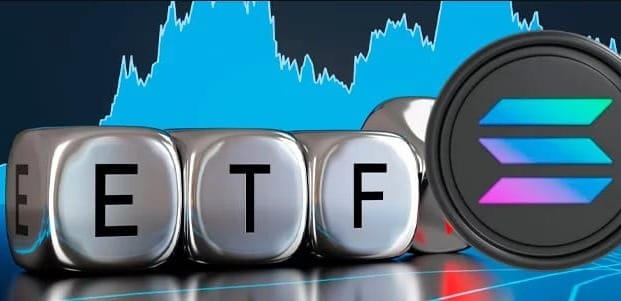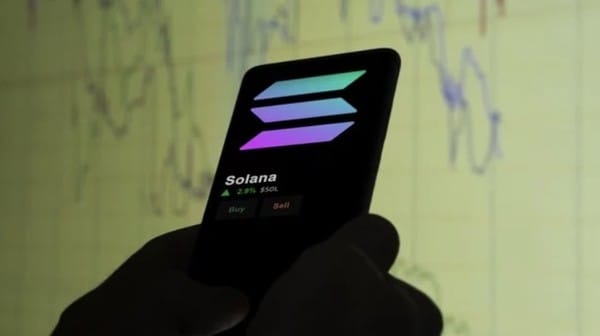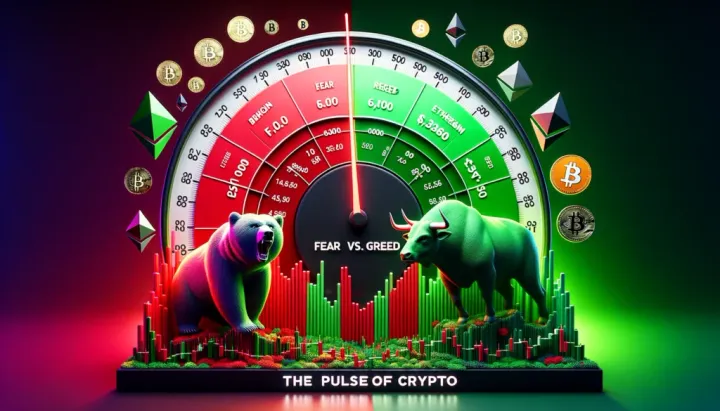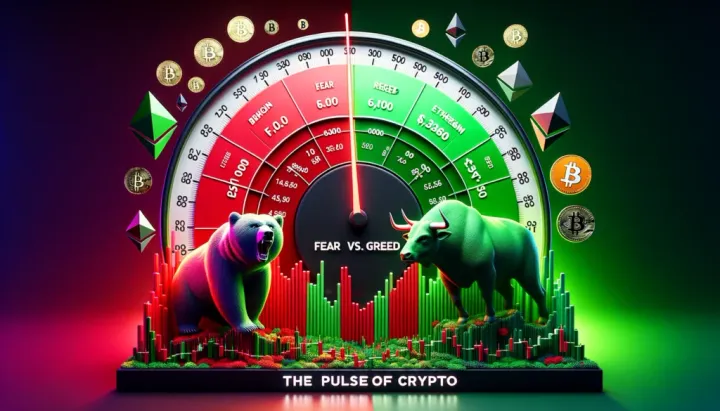Will Solana (SOL) be the third crypto ETF after Ethereum? JPMorgan says it's unlikely

The price of Solana (SOL), the fifth-largest cryptocurrency by market capitalization, is up 5% over the past 24 hours, reaching $171 on May 27 (local time). However, it has failed to break above the $190 resistance level. This is likely a result of the SIMD-0096 proposal that was approved on May 27th. Another supportive rationale for the bulls is the listing of ETH as a spot ETF. Leading industry analysts consider Solana to be the most promising crypto project for an ETF after Ethereum.
The proposal would have stopped burning 50% of priority transaction fees and allocated all fees to block producers. While this has led validators to prioritize network security and efficiency, it has raised concerns that it could increase the inflation rate of SOL. Specifically, the debate centers on the fact that stopping the burning of priority fees could increase the annual inflation rate of SOL to around 9.9%.

As Cointelegraph notes, “Solana's network activity has been stagnant over the past week, underperforming Ethereum (ETH) and its layer 2 solutions. Recent data from DappRadar shows that Solana's decentralized application (DApp) volume grew by 5%, but that pales in comparison to Ethereum's 52% increase. In addition, the number of users on Solana's second-largest decentralized exchange, Radium (RAY), and NFT marketplace, Magic Eden, declined by 16% and 22%, respectively. This downturn in network activity, coupled with criticism of the rising inflation rate, makes it unlikely that SOL will regain its previous high of $188.90 anytime soon.”
There's more to the negative outlook. Bluntz, a crypto analyst who became famous for predicting the bottom of the BTC bear market in 2018, noted that Solana's recent rise to $210 and subsequent downtrend is likely to continue. Based on Elliott Wave Theory, a technical analysis approach that predicts future price movements by following crowd sentiment in waves, Bluntz explained that SOL has completed its fifth wave up, suggesting that it will undergo a correction.
Bluntz, a crypto strategist with about 260,000 followers on X (formerly Twitter), said he expected Solana to form a macro bearish top at $188 after five waves of decline. The Elliott Wave Theory is a theory that cryptocurrencies cycle in five upward waves and three downward waves. According to this theory, a bearish wave in progress can reverse much of the previous gains. Bluntz warned of the possibility of SOL falling to $80.

JPMorgan has cast doubt on the likelihood of the U.S. Securities and Exchange Commission (SEC) approving another cryptocurrency ETF, such as Solana (SOL), following the Ethereum (ETH) spot exchange traded fund (ETF). Last week, the SEC approved an ETH spot ETF, according to blockchain news outlet TheBlock. In response, some analysts observed that the decision was politically motivated. They also noted that this means we could see more crypto ETFs linked to other cryptocurrencies and tokens in the market.
Geoffrey Kendrick of Standard Chartered Bank said that he expects the approval of Solana and Ripple (XRP) ETFs as early as 2025. However, Nikolaos Panigirtzoglou, a managing director at JPMorgan, said he doubts the SEC could approve such a fund, given that most cryptocurrencies are securities. Unless U.S. policymakers pass legislation to declare most cryptocurrencies as non-securities, it is unlikely that the SEC will approve another crypto ETF at this time.


